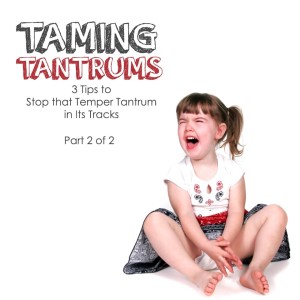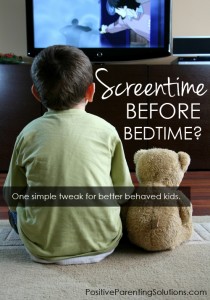
“I don’t want to!”
“You can’t make me!”
“You’re the meanest mommy!”
“I’m not doing that!”
Sound familiar? You’re not alone. Backtalk is the number one parenting complaint I hear from the thousands of parents I’ve worked with. But does knowing how common backtalk is make it any less frustrating? Of course not!
Backtalk might be annoying and, at times, infuriating, but it’s a common side effect of growing up and gaining independence.
At all ages, kids need a strong sense of personal power on an emotional level. When they can’t get it because we’re ordering them around or doing everything for them, they lash out with words.
It’s a typical “fight or flight” response–since they can’t exactly move into their own apartment (flight), they’ll fight back by testing limits and trying to get a reaction.
There are many reasons WHY kids talk back, so it’s important to get to the root of the issue to determine which strategy will work best.
The best way to stop backtalk in its tracks is to give our kids the positive personal power they need. By fostering independence within our limits, we can help them grow up, as well as limit the backtalk, arguing, and whining that no one enjoys.
Here are 5 steps to put the brakes on backtalk:









